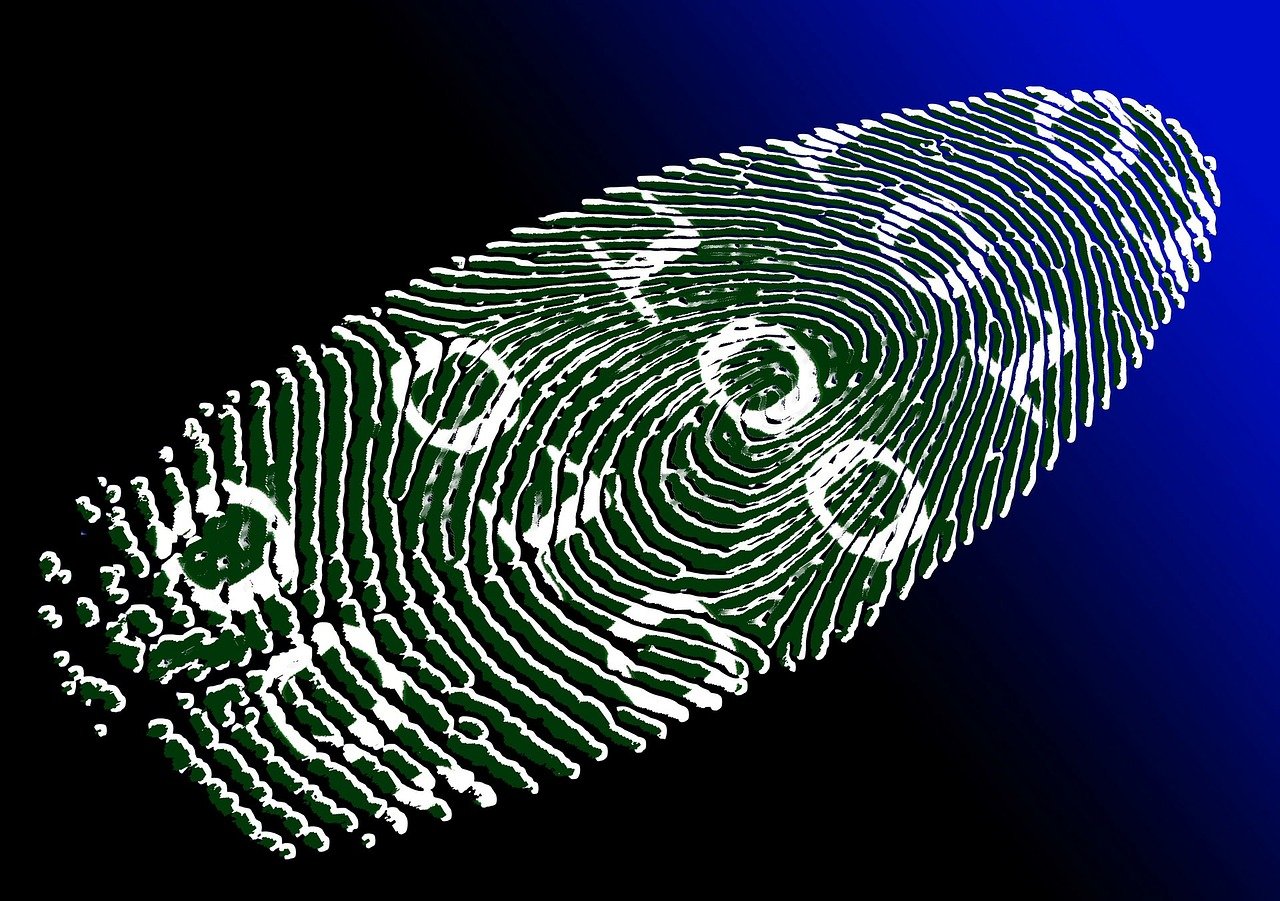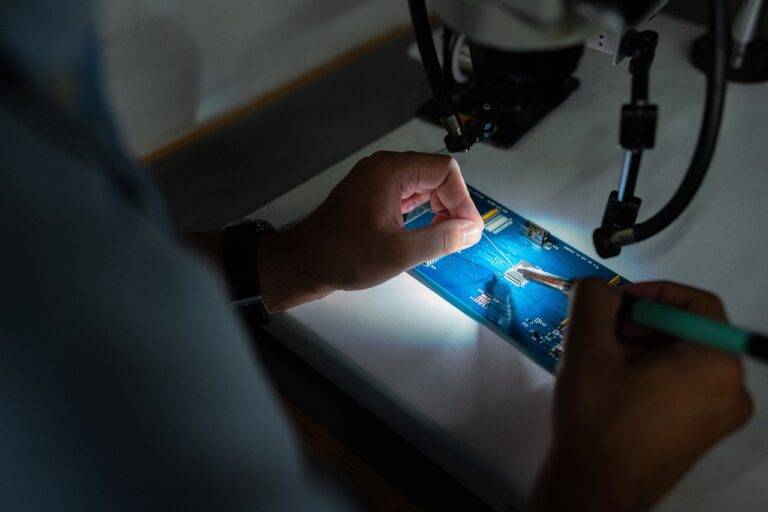Telemedicine: Bridging Gaps in Healthcare Access
Issues surrounding healthcare access persist as a critical concern globally. The barriers to healthcare services are multifaceted, ranging from geographical constraints to financial limitations. In remote regions, individuals often face challenges in reaching healthcare facilities due to the scarcity of infrastructure and resources, resulting in delayed diagnoses and inadequate treatment.
Moreover, socio-economic factors play a significant role in hindering access to healthcare services. Low-income individuals are more likely to forgo necessary medical care due to financial constraints, leading to worsened health outcomes and increased healthcare disparities. Additionally, language barriers, cultural differences, and lack of health education further exacerbate the challenges in accessing quality healthcare for many marginalized populations.
Benefits of Telemedicine
Telemedicine offers a plethora of advantages to both patients and healthcare providers alike. One of the primary benefits is increased access to medical care, especially for individuals residing in rural or underserved areas. Through telemedicine, patients can consult with healthcare professionals without the need to travel long distances, thereby reducing both time and cost burdens associated with traditional in-person visits.
Moreover, telemedicine enhances convenience for patients, as they can receive medical advice and treatment from the comfort of their homes. This is particularly beneficial for individuals with mobility issues, chronic illnesses, or busy schedules. By leveraging technology to bridge the gap between patients and providers, telemedicine improves overall healthcare accessibility and fosters timely interventions for various medical conditions.
• Telemedicine increases access to medical care for individuals in rural or underserved areas
• Patients can consult with healthcare professionals without traveling long distances
• Reduces time and cost burdens associated with traditional in-person visits
• Enhances convenience for patients by allowing them to receive medical advice and treatment from home
• Particularly beneficial for individuals with mobility issues, chronic illnesses, or busy schedules
Remote Monitoring and Telehealth
Telehealth services have revolutionized healthcare delivery by bridging the gap between patients and providers irrespective of geographical barriers. Patients can consult with healthcare professionals via virtual platforms, enabling access to medical advice and treatment without the need for in-person visits. This has been particularly beneficial for individuals living in remote areas or those with limited mobility, as they can receive timely care and monitoring from the comfort of their homes.
Remote monitoring technologies have enhanced the management of chronic conditions by allowing healthcare providers to remotely track patients’ vital signs and health data in real-time. Through wearable devices and digital health applications, patients can transmit relevant health information to their healthcare team, facilitating early intervention and personalized care plans. This proactive approach to monitoring not only improves patient outcomes but also reduces healthcare costs associated with frequent hospital visits.
What are some of the challenges in healthcare access that remote monitoring and telehealth can help address?
Some challenges in healthcare access include limited access to healthcare facilities, long wait times, and difficulty in reaching specialists. Remote monitoring and telehealth can help address these challenges by providing patients with convenient access to healthcare services from their own homes.
What are some of the benefits of telemedicine?
Some benefits of telemedicine include improved access to healthcare services, reduced healthcare costs, convenience for patients, and the ability to consult with healthcare providers from anywhere.
How does remote monitoring work in telehealth?
Remote monitoring in telehealth involves the use of technology to track and monitor a patient’s health status remotely. This can include devices that monitor vital signs, such as blood pressure and heart rate, and transmit the data to healthcare providers for analysis.
What are some examples of remote monitoring devices used in telehealth?
Examples of remote monitoring devices used in telehealth include wearable fitness trackers, blood glucose monitors for diabetic patients, and remote monitoring systems for patients with chronic conditions such as heart disease or COPD.
How can patients benefit from remote monitoring and telehealth?
Patients can benefit from remote monitoring and telehealth by receiving timely care, better managing chronic conditions, reducing the need for in-person visits to healthcare facilities, and accessing healthcare services from the comfort of their own homes.





